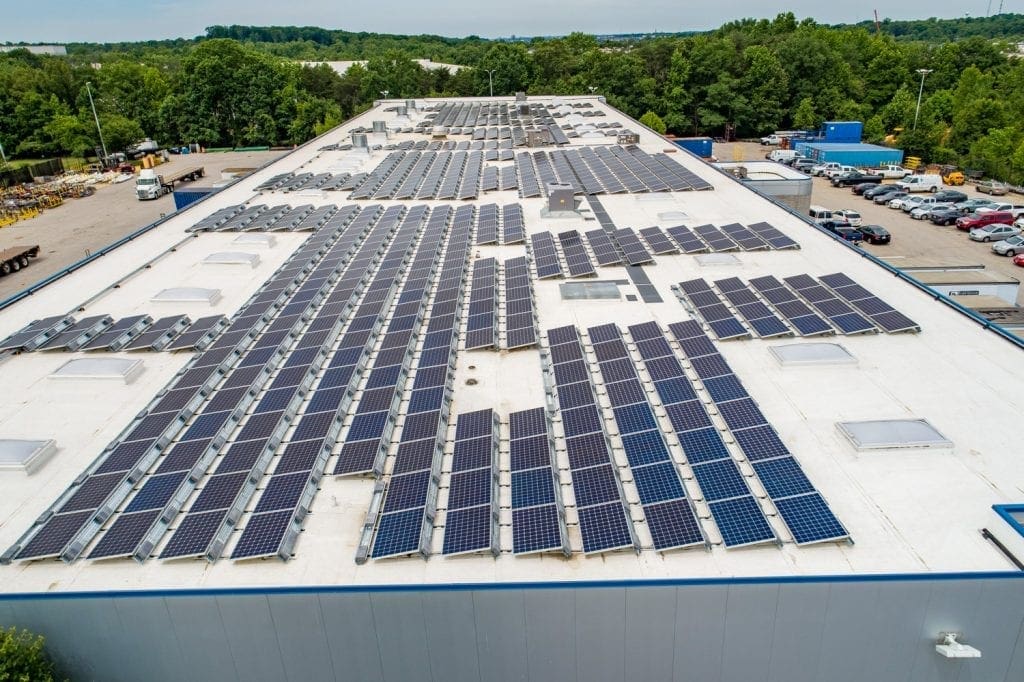The New is Already Here
“Unfavorable economic conditions and increased costs associated with environmental compliance.” These were the reasons given by GenOn Holdings in August as to why they are shuttering their coal-powered Chalk Point generating station shortly after shutting down operations at Dickerson, another one of its coal-fired facilities. GenOn’s coal plants had experienced a dramatic decrease in output just over the past few years. At the same time, Maryland’s Clean Energy Jobs Act of 2019 raised the state’s RPS to 50% by 2030, cutting an ever-clearer path to a renewable energy transition- and it’s not just in our region.
Across the world, coal demand has been dropping as more renewable energy sourcing comes online. Australian coal plants, some now seeing a 50% capacity demand, are announcing planned closures as their economic viabilities plummet. Bad news for the aging plants that at the same time, has seen the Australian Energy Market Operator announce findings that solar & wind were the least expensive forms of new electricity generation and that the grid’s capacity could run, even at projected peak time, at 75% renewables in just five years.
The Carbon Tracker Initiative, a nonprofit research organization, has concluded in their latest report, that coal plants will likely not be viable assets within a decade. There are several economic factors to consider that will pinpoint when renewable sourcing will completely eclipse coal sourcing. Some metrics to calculate are:
- When will new renewable be more cost-efficient than new coal? and
- When will new renewable be more cost-efficient than existing coal?
We already have that answer to #1, according to Carbon Tracker’s 2018 report, they estimated this would happen in 2025. BUT, in updating their data this year, they found that the year is 2020, in other words- now.
As for the second question: today, half of the existing global coal plant fleet is already more expensive than new renewable. By 2030 it will be cheaper to build new renewables than run existing coal everywhere. The reason coal is still so prevalent in some parts of the world is mostly due to utility infrastructure, political influence and market regulations. The parts of the world where there is less regulation & more open markets (like Europe), renewables are crushing coal one milestone at a time. The U.S. has a mixed range of regulation in the energy markets which has so far helped coal stay afloat even without much foundation underneath. But initiatives like the Beyond Coal campaign (a partnership between Sierra Club and Bloomberg) have helped retire 60% of U.S. coal plants in recent years. The future of renewables looks bright for the U.S. as a whole. In FERC’s April 2020 Energy Infrastructure Update, it stated:
“In total, the mix of all renewables will add more than 53 gigawatts (GW) of net new generating capacity to the nation’s total by April 2023. That is nearly 50 times the net new capacity (1.1 GW) projected to be added by natural gas, coal, oil, and nuclear power combined.”
A real concern, however, is China where roughly 200 GW of capacity is being planned out as coal plant sourcing despite the fact that Carbon Tracker has warned that China runs an “Extreme Risk” for stranded coal assets within the next decade. Ill-advised and unwise, but not too late at this point to steer China away from its planned future resourcing of misguidance.
“The new is already here; the old is just making a lot of noise dying:” the quintessential mantra made for this moment in the History of Coal.

